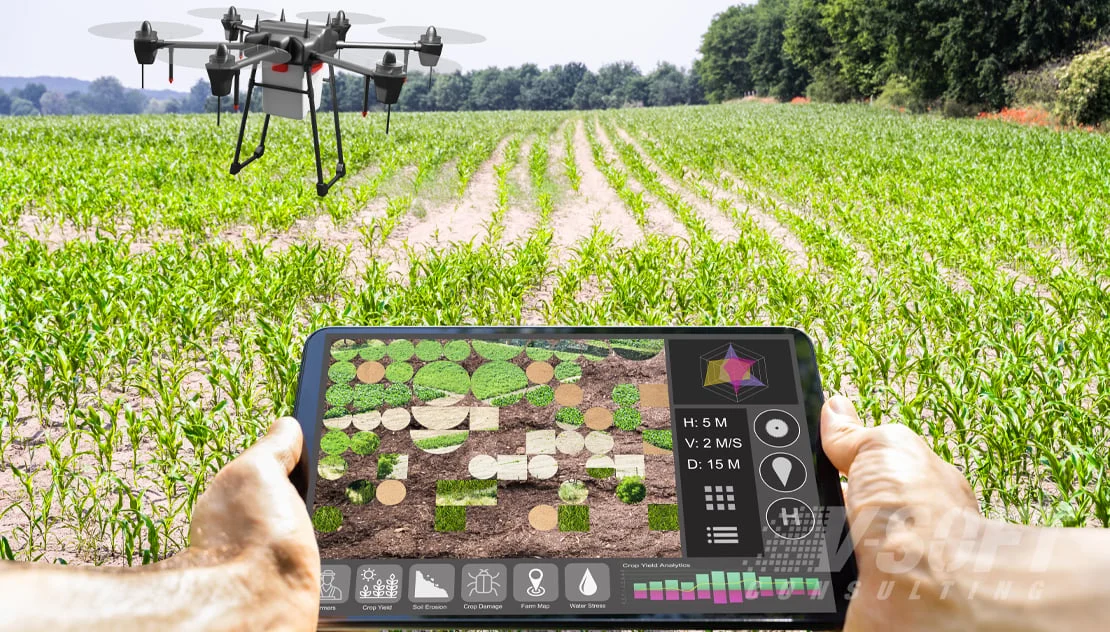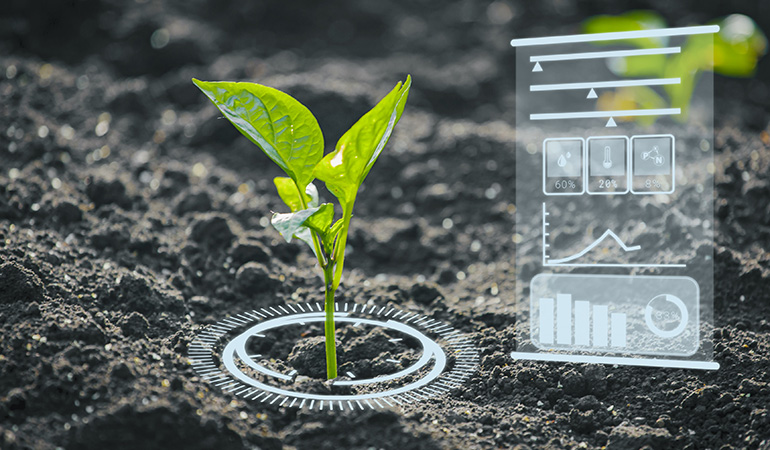Artificial Intelligence (AI) is rapidly transforming the agricultural sector, offering innovative solutions to age-old farming challenges. Understanding how AI can be applied in agriculture helps farmers and businesses optimize productivity, manage resources efficiently, and address global food security concerns.
What is AI in Agriculture?
AI in agriculture involves using technologies like machine learning, computer vision, robotics, and data analytics to automate processes, predict outcomes, and improve decision-making throughout the farming lifecycle.
How AI Works in Agriculture
AI systems gather and analyze large sets of agricultural data, including soil conditions, weather patterns, crop health, and pest behavior. By identifying patterns and trends, AI can offer precise recommendations on irrigation, fertilization, harvesting, and pest control.
Key AI Techniques Used
Machine Learning: Supports predictive analysis for crop yields, disease outbreaks, and optimal planting times based on historical and real-time data.
Computer Vision: Powers drones and smart devices to monitor crop growth, detect pests, and assess plant health using image recognition.
Robotics: Enables the automation of tasks such as planting, weeding, and harvesting, improving efficiency and reducing labor costs.
Precision Agriculture: Uses AI to tailor farming practices to specific areas of a field, ensuring resources like water and fertilizers are used optimally.
Benefits of Using AI in Agriculture
AI enhances crop productivity, reduces waste, minimizes the use of harmful chemicals, and optimizes resource management. It also helps farmers make faster, data-driven decisions and adapt to changing environmental conditions.
Limitations to Keep in Mind
While AI offers significant benefits, its effectiveness depends on the availability of accurate data, infrastructure, and technical skills. Small-scale farmers may face challenges in adopting AI without adequate support.
Conclusion
AI presents exciting opportunities to revolutionize agriculture by making it more sustainable, efficient, and resilient. By integrating AI with traditional farming knowledge, the agricultural sector can better meet the growing demands of the global population.







Leave feedback about this